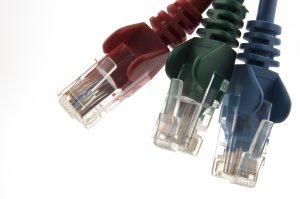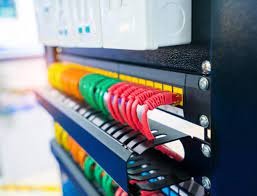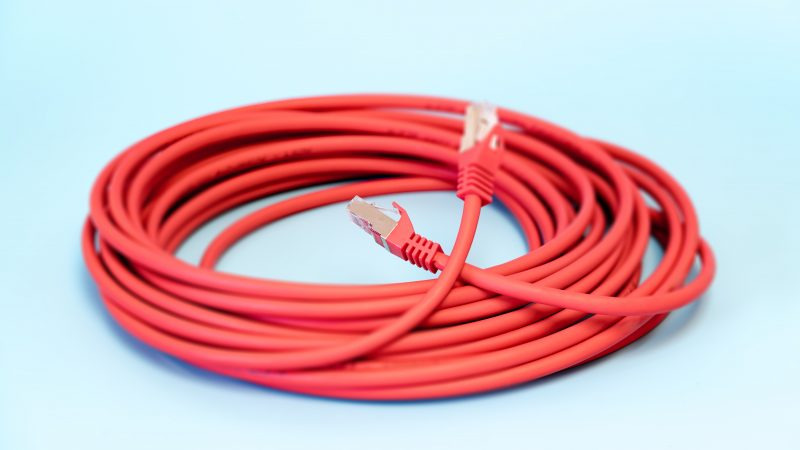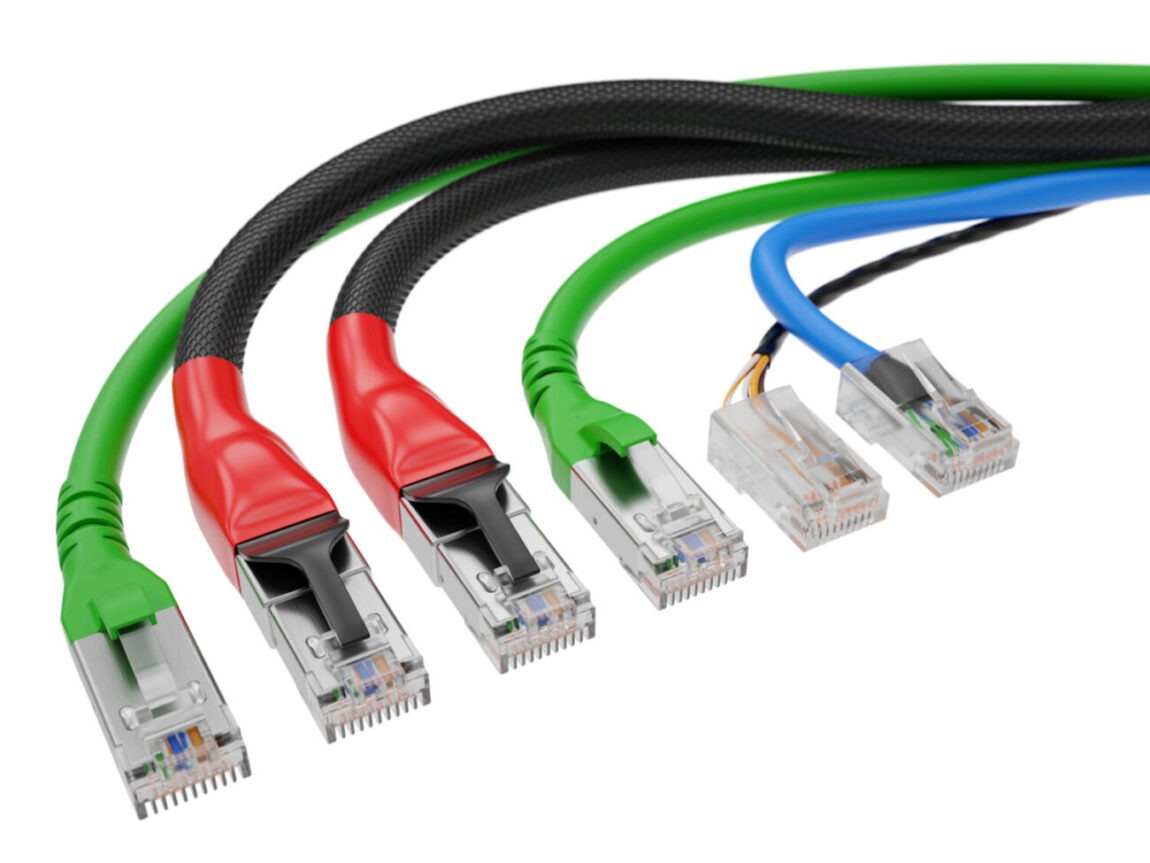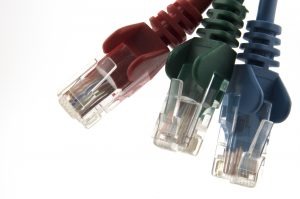Should Cat6 Cabling Replace Cat5e?
Computer networks are an essential part of modern life, but for a network to be effective it needs to transfer data at high speeds. Achieving this is made possible with data cables. However, you need to have the correct cables in place. The traditional data cabling used was Cat 5, along with its enhanced successor Cat 5e. However, Cat 6 cabling has also been available for some time and represents one of the most popular and efficient data cabling solutions.
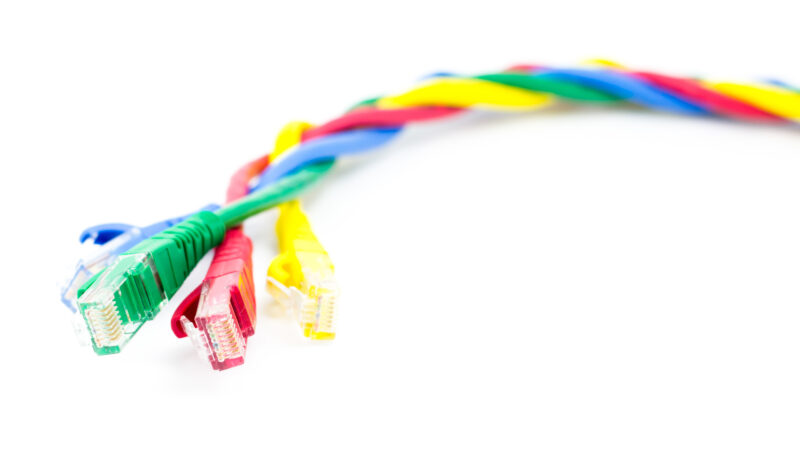
What is Cat6?
Cat 6 cabling uses four pairs of twisted copper cables and is specifically designed to be used in computer networks that utilize ethernet technology. Capable of operating at bandwidths reaching 250MHz, it’s also capable of transmitting data at high speeds. At distances of up to 100m, Cat 6 cables can move data at speeds of 1 Gbps. However, if this distance is lowered to 55m, a Cat 6 cable can increase this speed to 10 Gbps. Cat 6 cabling is also highly resistant to electrical interference, and this ensures data cabling Westminster quality is less likely to be compromised.
What Are the Benefits of Cat6?
If you are considering whether Cat 6 cabling should replace Cat5e it’s essential you understand all of its benefits:
Backward compatible: Cat 6 cabling was created as the successor to Cat 5 cabling and was designed to be backward compatible. Therefore, if your existing computer network is running on a Cat 5e-based infrastructure, it’s much easier to implement Cat 6 cabling gradually. This will not only reduce network downtime during installation but also allow you to invest in new cabling over a longer period.
Higher quality cables: the construction of Cat 6 cables means they are more tightly wound than Cat 5 cables, as well as feature thicker sheaths and cable conductors. These benefits combine to produce a cable that is both physically stronger and more efficient in terms of electrical performance.
Enhanced network performance: making the step up to Cat 6 IT cabling canary wharf will provide your computer network with a significant boost in performance. Files can be sent and received much quicker, so you will become more productive and competitive.
What are the categories of cable?
As well as Cat 6 cables, there are a number of options available for your network needs:
Cat 5: this type of cable also uses twisted pair copper cables but is unshielded. With a top performance rated at 100Mhz and distances of 100m covered, Cat 5 cables transmit data at speeds of up to 100MBps. An enhanced version, known as Cat 5e, is also available and can transfer data at a speed of 1Gbps.
Fiber optic: using glass fibers that carry light signals, fiber optic cables can send data over distances of 10km with speeds that can vary from 10Gbps to 100Gbps. The most modern data cable solution, fiber optic is also the most expensive option.
Cat 5e or Cat 6?
If you find your existing cables are failing and you need to replace Cat5e to keep pace with the demands of your network, then it’s likely that upgrading to Cat 6 cables will provide the speed and efficiency you need. If, however, your Cat 5e network allows you to remain productive, then an upgrade to Cat 6 cabling will represent an unnecessary investment.
Original Source: Is Cat6 Cable Better Than Cat5e?
